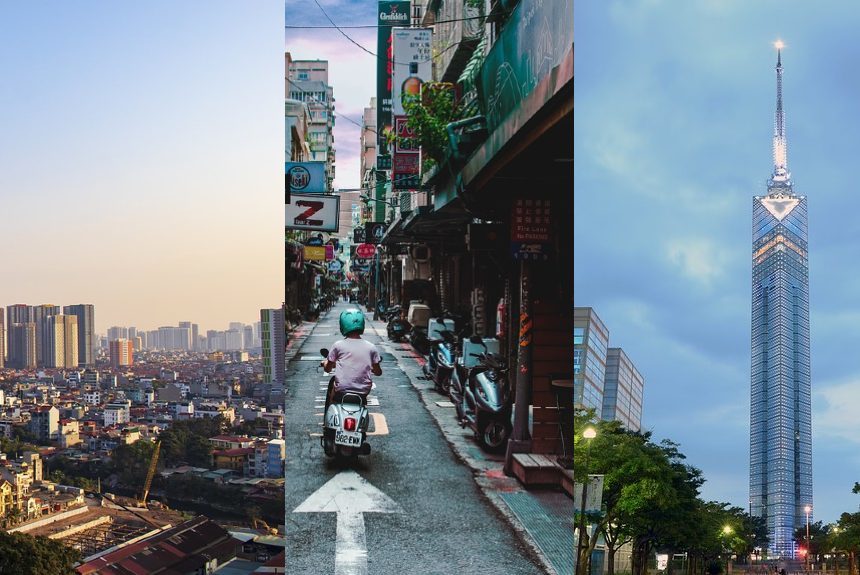A growing interest in climate resilience and sustainability action for urban areas has led to the growth of research, policy, and practice discussions on nature-based solutions to climate change and environmental problems.
However, most research on nature-based solutions and urban space greening is primarily in European and North American contexts and is limited elsewhere, including Asia. Findings from the study will help identify the unique features of subtropical Asian cities.
Asian cities are experiencing rapid urban growth, and these locations are also disaster-prone. Changes to consumption and land use that investment drives can increase risks from climate change.
In addition to threats from climate change, Asia’s political systems, ranging from authoritarian to new democracies to more established democracies, strongly influence urban planning and management.
Even though some of these sub-tropical Asian cities have established climate adaptation plans, urban development can negatively impact green spaces, putting poorer communities at a disadvantage.
The paper by Mabon and Shi seeks to identify characteristics or skill sets that enable effective and equitable climate adaptation through green space within dense subtropical Asian cities.
The researchers examined competencies of climate adaptation via urban green spaces in three subtropical Asian cities at various urban developmental stages and different government arrangements: Fukuoka, Japan; Hanoi, Vietnam; and Taipei, Taiwan.
These cities also feature a high competition for land, high exposure to hazards, and subtropical ecosystems.
According to the study, it is essential to understand and practice nature-based adaptation, which can be localized in subtropical Asian cities and reflect their social, political, cultural, and environmental context.
Additionally, insights from this investigation can help address social equity and justice issues in some Western cities and communities.
Economic growth and rapid urbanisation in Asian cities may have benefits like greater access to public services and infrastructure. However, these cities often struggle with problems related to density, like congestion and all sorts of pollution, insufficient green space per capita, and severe urban heat island (UHI) effects.
Reintroducing greenspaces and ecosystems into dense urban areas can improve residents’ health and resilience and influence their overall quality of life.
Yet, the loss of green spaces is typical in Asian cities, particularly in developing countries. Depending on their policies, those cities with declining populations experience either a gain or a loss in green spaces.
“The three cases thus provide fertile ground for assessing the messiness and complexity of urban climate change responses in the kinds of cities where such interventions are likely to be most needed,” the research report says.
To read the entire study, click the link below.
Source Citation:
Leslie Mabon, Wan-Yu Shih, Urban greenspace as a climate change adaptation strategy for subtropical Asian cities: A comparative study across cities in three countries, Global Environmental Change, Volume 68, 2021, 102248, ISSN 0959-3780, https://doi.org/10.1016/j.gloenvcha.2021.102248



Leave a Reply